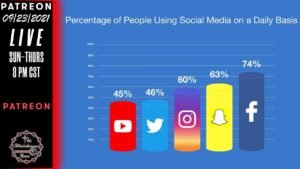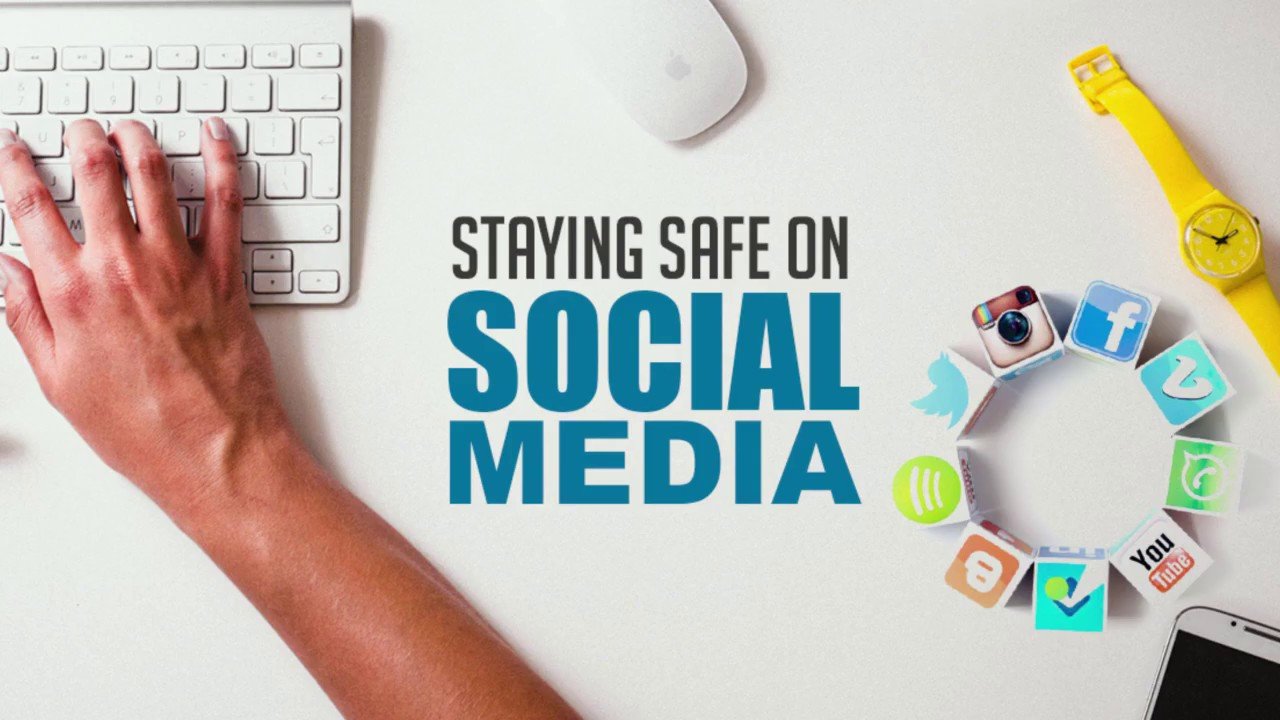Introduction
How to use Social Media: Social media has become an essential tool for businesses, individuals, and organizations to connect with audiences, build brand awareness, and drive engagement. However, using social media effectively requires strategy, consistency, and an understanding of platform dynamics. This guide breaks down the process of using social media into manageable components, identifies common challenges, and provides actionable steps to achieve success. By addressing these elements, you can avoid pitfalls and leverage social media to meet your goals.
Breaking Down the Problem: Components of Social Media Usage
To use social media effectively, you need to address these key components:
-
Goal Setting: Defining clear objectives for your social media presence (e.g., brand awareness, lead generation, customer engagement).
-
Platform Selection: Choosing the right platforms based on your audience and goals.
-
Content Creation: Developing engaging, relevant, and consistent content.
-
Audience Engagement: Interacting with followers to build relationships and trust.
-
Analytics and Optimization: Measuring performance and refining strategies based on data.
-
Time and Resource Management: Allocating resources efficiently to maintain a consistent presence.
Common Causes of Ineffective Social Media Use
Several factors can hinder effective social media use:
-
Lack of Strategy: Posting without a clear plan or objectives leads to inconsistent messaging and poor results.
-
Inappropriate Platform Choice: Using platforms that don’t align with your target audience reduces reach and engagement.
-
Poor Content Quality: Low-quality visuals, irrelevant topics, or inconsistent posting schedules can disengage followers.
-
Neglecting Engagement: Failing to respond to comments or messages alienates audiences.
-
Ignoring Analytics: Not tracking performance metrics prevents optimization and growth.
-
Resource Overload: Attempting to manage multiple platforms without sufficient time or tools leads to burnout.
Consequences of Not Addressing Ineffective Social Media Use
Failing to address these issues can have significant consequences:
-
Missed Opportunities: Ineffective social media use can result in lost leads, reduced brand visibility, and missed connections with potential customers.
-
Damaged Reputation: Inconsistent or unprofessional content can erode trust and credibility.
-
Wasted Resources: Time and money spent on ineffective strategies yield little to no return on investment.
-
Competitive Disadvantage: Competitors with stronger social media presence may capture your target audience.
-
Audience Disengagement: Lack of interaction or poor content can lead to declining follower numbers and reduced engagement.
Actionable Step-by-Step Instructions to Use Social Media Effectively
Step 1: Define Clear Goals
-
Action: Identify specific, measurable, achievable, relevant, and time-bound (SMART) goals for your social media efforts.
-
Examples: Increase website traffic by 20% in 3 months, grow Instagram followers by 500 in 6 weeks, or generate 10 leads per month via LinkedIn.
-
-
Tools/Resources: Use a goal-setting framework like SMART or OKRs (Objectives and Key Results). Tools like Trello or Notion can help organize goals.
-
Tip: Align goals with broader business objectives (e.g., sales, customer retention).
Step 2: Choose the Right Platforms
-
Action: Research your target audience’s demographics and behaviors to select platforms that align with your goals.
-
Example: B2B businesses may prioritize LinkedIn, while visual brands thrive on Instagram or Pinterest.
-
-
Tools/Resources: Use audience insights tools like Pew Research Center reports or platform-specific analytics (e.g., Instagram Insights, LinkedIn Analytics).
-
Tip: Start with 1–2 platforms to avoid spreading resources too thin.
Step 3: Create a Content Strategy
-
Action: Develop a content calendar to plan posts, ensuring variety (e.g., educational, promotional, entertaining) and consistency.
-
Example: Post 3–5 times per week on Instagram with a mix of reels, stories, and static posts.
-
-
Tools/Resources:
-
Canva: For creating visually appealing graphics.
-
Buffer or Hootsuite: For scheduling posts.
-
Hashtag Generator Tools (e.g., All Hashtag, Hashtagify): To increase discoverability.
-
-
Tip: Follow the 80/20 rule—80% value-driven content (tips, insights) and 20% promotional content.
Step 4: Engage with Your Audience

-
Action: Respond to comments, messages, and mentions promptly to build relationships.
-
Example: Reply to a follower’s comment within 24 hours or host a Q&A session via Instagram Stories.
-
-
Tools/Resources: Use social media management tools like Sprout Social or Later to monitor interactions.
-
Tip: Personalize responses to make followers feel valued.
Step 5: Analyze and Optimize
-
Action: Track key performance indicators (KPIs) like engagement rate, reach, and click-through rate to evaluate success.
-
Example: Use Instagram Insights to identify which posts drive the most engagement and replicate their format.
-
-
Tools/Resources:
-
Google Analytics: For tracking website traffic from social media.
-
Platform Analytics: Built-in tools like Twitter Analytics or Facebook Insights.
-
-
Tip: Review analytics weekly and adjust your strategy based on what works.
Step 6: Manage Time and Resources
-
Action: Allocate specific times for content creation, posting, and engagement to maintain consistency.
-
Example: Dedicate 1 hour daily to social media tasks or outsource to a freelancer/agency.
-
-
Tools/Resources: Use time-blocking apps like Toggl or Clockify to manage tasks efficiently.
-
Tip: Batch-create content (e.g., shoot multiple videos in one session) to save time.
Real-World Example: Case Study
Brand: A small coffee shop, Brew & Bean, wanted to increase foot traffic using social media.
-
Problem: The shop had a dormant Instagram account with sporadic posts and low engagement.
-
Solution:
-
Goal: Increase in-store visits by 15% in 3 months.
-
Platform: Focused on Instagram due to its visual appeal and local audience.
-
Content Strategy: Posted daily, including behind-the-scenes videos, customer testimonials, and limited-time offers.
-
Engagement: Responded to all comments and ran a “Tag a Friend” giveaway to boost reach.
-
Analytics: Used Instagram Insights to track engagement and refined posts based on popular content (e.g., latte art videos).
-
Resources: Used Canva for graphics and Later for scheduling.
-
-
Result: Brew & Bean saw a 20% increase in foot traffic within 3 months, with a 30% growth in Instagram followers.
Tips for Preventing Similar Issues
-
Stay Consistent: Stick to a posting schedule to maintain audience interest.
-
Stay Updated: Follow platform algorithm changes (e.g., via social media blogs like Social Media Examiner).
-
Invest in Learning: Take free courses on platforms like HubSpot Academy or Coursera to stay informed about best practices.
-
Diversify Content: Experiment with formats like reels, live streams, or polls to keep content fresh.
-
Build a Community: Encourage user-generated content (e.g., ask customers to share photos with your product).
Next Steps and Call to Action
-
Start Today: Define your social media goals and select 1–2 platforms to focus on.
-
Create a Content Plan: Use tools like Canva and Buffer to plan and schedule your first week of posts.
-
Engage Actively: Set aside 15–30 minutes daily to respond to comments and messages.
-
Track Progress: Review analytics after 2 weeks to identify what’s working.
-
Take Action Now: Don’t wait—set up your social media strategy today to start building your online presence and connecting with your audience effectively!
